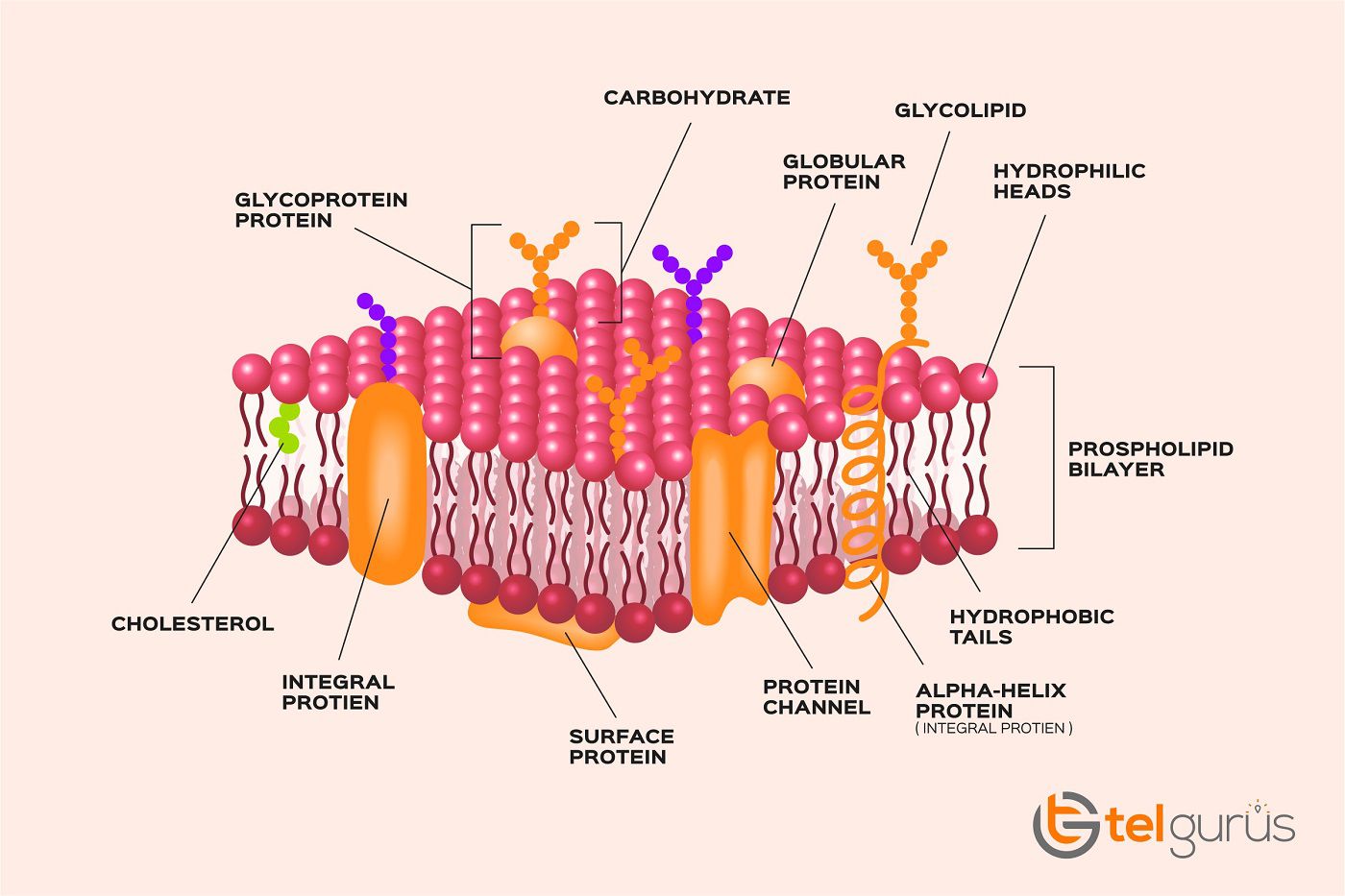A cell is always surrounded by a membrane that keeps the interior part of the cell protected from outside activities. The cell membrane is composed of two layers facing each other. These layers are formed by phospholipids which helps the layer to be fluid and semi-permeable. This permeability helps in the movement of oxygen and carbon dioxide and compounds that can be unnecessary are kept out. The membrane also consists of proteins and the permeable membrane allows the movement of proteins within the membrane to fulfill the cellular needs.
Temperature is the major factor that affects the behavior of the membrane. Temperature can help in deciding the permeability function.
An increase in the temperature increases the fluidity.
When the temperature increases, the fluidity of the bilayer phospholipid also increases. At high temperatures, the bilayer phospholipids have high-intensity kinetic energy. This overcomes the intermolecular activities and holds the membrane intact and together which results in the increase in membrane fluidity.
When the temperature is low, the process is exactly the opposite. The bilayer phospholipids do not have much kinetic energy. As a result, they combine more closely leading to increased intermolecular activity and simultaneously decreased membrane fluidity.






